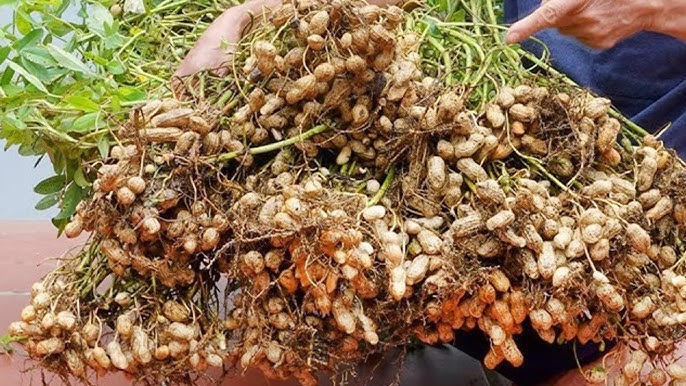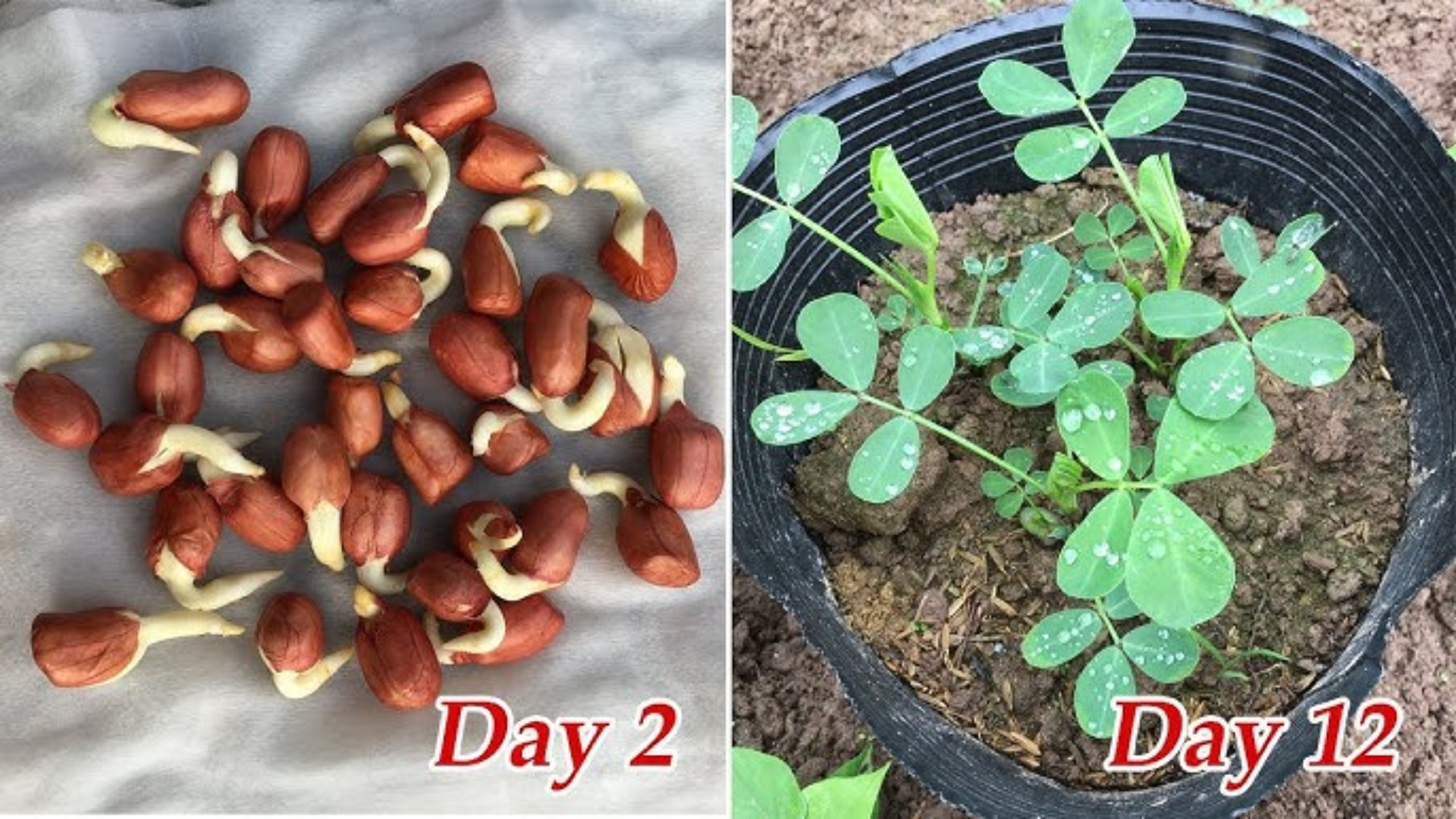Growing your own peanuts at home can be an incredibly rewarding experience, especially when you do it in eco-friendly recycled plastic containers. Not only does this approach reduce waste and promote sustainability, but it also allows even small-space gardeners to enjoy fresh, home-grown peanuts. Whether you’re a gardening novice or looking to expand your plant variety, this comprehensive guide will walk you through each step to successfully cultivate peanuts in recycled containers.
Why Grow Peanuts at Home?
Peanuts are a fun and satisfying crop to grow because they’re relatively easy and produce delicious, nutritious harvests. Plus, growing them yourself means knowing exactly how they were cultivated—free from pesticides and chemicals you might find in store-bought peanuts.
What makes container gardening appealing for peanuts?
Container gardening allows you to control the environment, better manage soil quality, and place your plants in the sunniest spots on your property or balcony. Using recycled containers adds an eco-conscious element by repurposing materials that might otherwise be wasted.
Essential Materials for Growing Peanuts in Recycled Containers
Before starting, gather these materials to ensure your peanut plants thrive:
- Recycled plastic containers: At least 12 inches deep with drainage holes.
- Peanut seeds: Also called peanut kernels, which you can buy or save from previous harvests.
- High-quality potting mix: A soil blend specially formulated for container plants.
- Organic compost: To boost soil fertility.
- Perlite or vermiculite: For excellent drainage and aeration.
- Watering can or flexible hose: For gentle, consistent watering.
- Balanced fertilizer (NPK): To supply essential nutrients during growth.
- Mulch: Straw, dried leaves, or bark to retain moisture and suppress weeds.
- Sunlight: A location in full sun, ideally 6-8 hours daily.
Step-by-Step Growing Guide
1. Selecting the Right Containers
Choose sturdy recycled plastic containers that are at least 12 inches deep. Deep containers support healthy root development and prevent cramped growth. Ensure your containers have adequate drainage holes—blockages can cause waterlogging, leading to root rot.
2. Preparing the Soil
Mix your potting soil, organic compost, and perlite (or vermiculite) in equal parts—this creates a well-draining, nutrient-rich environment. Good drainage is vital because peanuts dislike soggy soil.
3. Planting Your Peanut Seeds

Fill your container with the prepared mix. Plant the peanut seeds about 1 to 2 inches deep and space them 4 to 6 inches apart, allowing room for the plants to grow. Cover the seeds gently with soil.
4. Consistent Watering
Keep the soil consistently moist, especially during flowering and pod development phases. Use a watering can or a gentle spray from your hose to avoid disturbing the soil. Peanuts need regular moisture but shouldn’t be waterlogged.
5. Providing Adequate Sunlight
Position your containers in a location that receives full sunlight—aim for at least 6 to 8 hours daily. Sunlight is crucial for flower formation and peanut development beneath the soil.
6. Fertilization
Apply a balanced NPK fertilizer every 3-4 weeks. Be cautious not to over-fertilize with nitrogen, which might encourage excessive foliage growth at the expense of peanut production.
7. Managing Growth and Flowering
As your plants grow, they’ll develop bright yellow flowers, which are the first signs of flowering. Soon after, tiny pegs emerge from these flowers. These pegs are critical because they grow downward into the soil, where peanuts develop.
8. Mounding Soil Around Pegs
Gently mound soil around the pegs to promote better root contact and development of the peanut pods beneath the surface.
9. Mulching and Maintenance
Apply mulch around your plants to conserve moisture, regulate soil temperature, and prevent weeds. Regularly check your plants for pests or diseases, and remove any weeds that appear.
Harvesting Your Peanuts
Peanuts are ready to harvest when the plants turn yellow and the leaves start to dry, typically after 4-6 months depending on your variety and conditions. Carefully dig around the plants, shake off excess soil, and gently remove the peanuts from the shells.
Drying and Storage
Allow the harvested peanuts to dry in a well-ventilated, warm spot for about two weeks. Once dry, store them in airtight containers in a cool, dark place. Roasting or boiling peanuts enhances their flavor, making them perfect for snacking or cooking.
Final Tips for Success
- Be patient; peanut plants take several months to mature.
- Ensure your containers are placed in the sunniest spot possible.
- Keep soil moist but not overly wet.
- Use mulch to help maintain consistent soil humidity.
- Regularly check for pests such as aphids or mites, and take action if needed.
Growing peanuts at home in recycled plastic containers is a manageable and eco-friendly gardening project that offers joy and satisfaction. With proper planning, care, and patience, you’ll be rewarded with fresh, homegrown peanuts to enjoy—whether roasted, boiled, or plain!
So, gather your supplies and get ready to dig into the rewarding world of peanut gardening. It’s an adventure that combines sustainability with the simple pleasure of harvesting your own food right from your home space!


196848 861101i was just browsing along and came upon your weblog. just wantd to say wonderful web site and this post really helped me. 534050
59202 244022Looking forward to see you. 845626